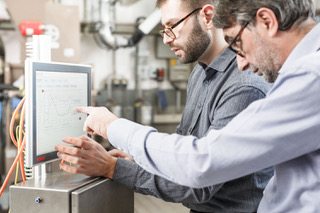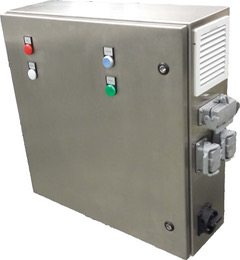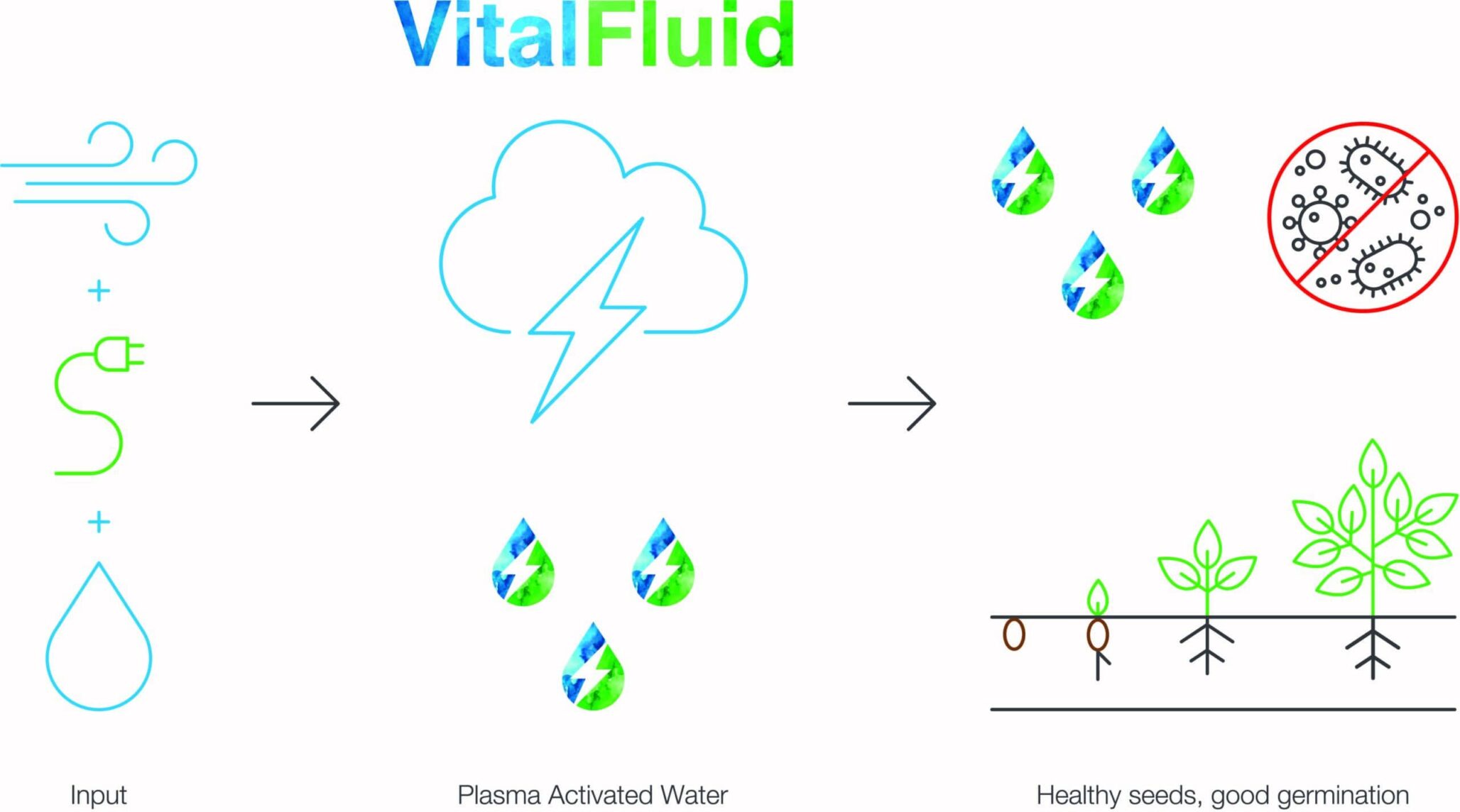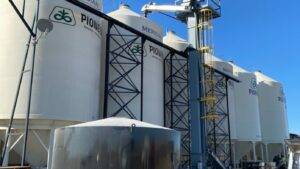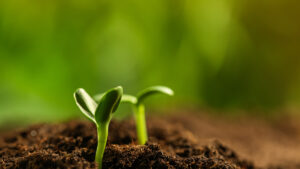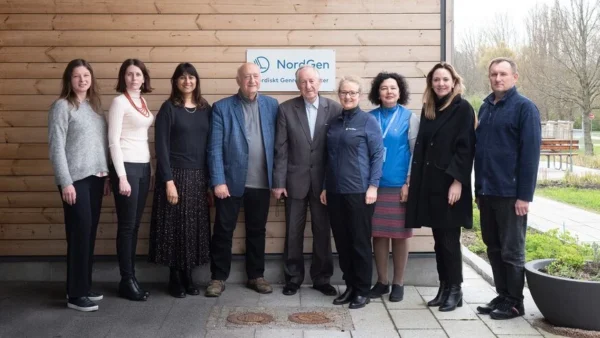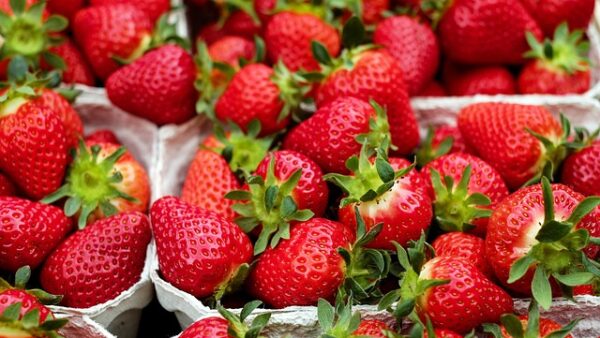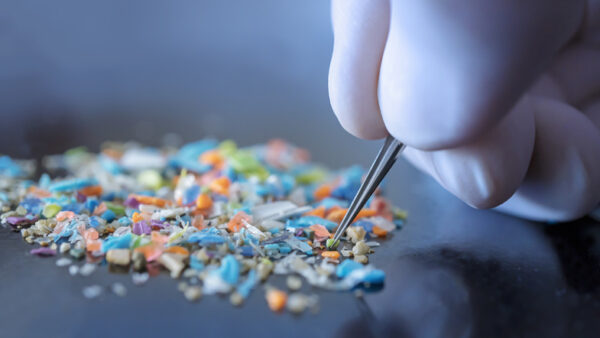If the seed treatment-mixing period is too short, the seed treatment isn’t applied to the seed homogenously. If the mixing period is too long, the treatment gets too dry while the seed is still in motion and it starts to retrograde and rub-off. So when is the ideal time to discharge seed from a batch treater?
That’s the question the team of the global Bayer SeedGrowth Center in Monheim, Germany set out to answer three years ago. Peter Herold, global head of Bayer Equipment explains that an experienced seed treatment operator can listen to the sound the seed makes in a batch treater and know the optimum time to discharge the seed. However, Herold says, many operators in facilities today don’t have that kind of experience, as there can be quite a bit of turnover.
Knowing this, the Bayer experts in Germany set out to create an algorithm based on sound that would automate the process and automatically discharge the seed at the ideal STEP, or seed treatment end point — that’s where the name BaySTEP is derived.
“It’s a very simple concept but a very important one to seed treatment stewardship,” Herold says, noting that this development is part of Bayer’s Zero Dust project, an effort to minimize any dust stemming from seed treatments. “To determine the perfect length of time for application, one must consider environmental changes.
“During the time of year when seed is treated, it’s often cold and damp in the morning and then warms up in the afternoon. One must also consider the active ingredient and the dose to be applied. There’s all this complexity that goes into achieving the best seed treatment application. This technology removes any subjectivity.”
BaySTEP, in its initial launch phase, is an add-on product for batch treaters that helps operators determine the exact end point of the seed treatment process.
Stewardship Benefits
Herold shares that a few machines with the technology have gone live in South Africa. He says the companies using it are very pleased because it’s fixed their issues with rub-off, inconsistency between seed lots and seed loading.
Jan Coetzer, a Bayer SeedGrowth manager near Johannesburg, South Africa, says he’s witnessed three BaySTEP installations. “Our customers are very impressed with the massive improvements these devices have brought to their seed treatment processes,” he says. “We plan to have these add-on devices installed at all our customers’ plants in Southern Africa before the end of 2018.”
With BaySTEP, Herold says facilities have been able to improve their seed treatment capacity by up to 10 percent. “It’s also improved the quality of seed farmers are getting,” he adds.
It has significant potential to improve seed treatment stewardship around the globe.
As such, Bayer’s Martin Gruss, global head of SeedGrowth, says the company plans to license its new technology to other companies.
“BaySTEP achieves higher treatment quality,” Gruss says. “The abrasion of the treatment product is reduced, which results in the desired amount of product remaining on the seeds.
“Additionally, dust generation and emission are minimized to increase operator safety and decrease the impact on pollinators living in and feeding on the fields where seeds are sown. And BaySTEP optimizes and improves seed treatment processes by reducing operating time while simultaneously increasing output.”


